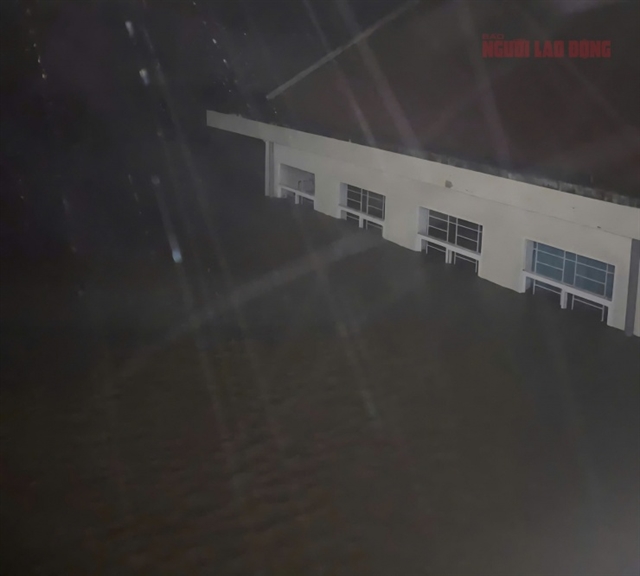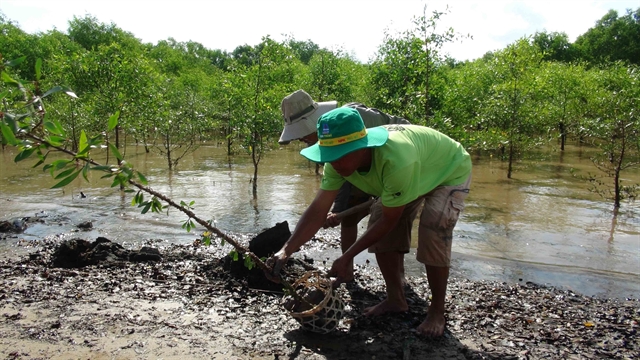 Society
Society

The Cửu Long (Mekong) province of Trà Vinh plans to shift 3,800ha of protective forests to production forests to increase income for households assigned to protect forests.

|
| Planting forest trees in Trà Vinh Province’s Cầu Ngang District. – VNA/VNS Photo Thanh Hòa |
TRÀ VINH — The Cửu Long (Mekong) province of Trà Vinh plans to shift 3,800ha of protective forests to production forests to increase income for households assigned to protect forests.
The 3,800ha forest areas are located in Châu Thành and Duyên Hải districts and Duyên Hải Town, according to the province’s People’s Council.
To ensure efficiency, the province has set up many measures, including improving the management capacity of forest protection agencies.
The province has also stepped up the use of advanced technologies in managing and protecting forests.
The coastal province has nearly 24,000ha zoned for forest cultivation and has more than 9,100ha of protective forests, mostly mangrove forests in coastal areas.
More than 80 per cent of mangrove forests in the province have been allocated to local households and organisations to protect and exploit natural resources.
The allocation has helped to protect forests, prevent coastal erosion, adapt to climate change, and improve incomes of local households and organisations, which breed aquatic species in the allocated mangrove forests.
The management of mangrove forests by local households and organisations has helped protect the forests and expanded forested areas, according to the province’s People’s Committee.
Last year, the province’s mangrove areas increased by 158ha compared to 2018. It is estimated to increase to 9,264ha this year, said the People’s Committee.
With a provincial coastline of 65 kilometres, mangrove forests play an important role in preventing coastal erosion and providing livelihoods for local households.
Many households in Duyên Hải District and Duyên Hải Town plant mangrove trees and breed aquatic species like black tiger shrimp and mud crabs in the forests. The aquatic species are clean products since they are bred in natural conditions and eat natural food.
Households can earn VNĐ80 – 100 million (US$3,450 – 4,300) per hectare from growing mangroves and aquatic species each year, according to local authorities.
The province’s forestry sector had an average annual growth of 12.6 per cent in the 2012 – 19 period.
Last year, its production value was VNĐ700 billion ($30.2 million). VNS




